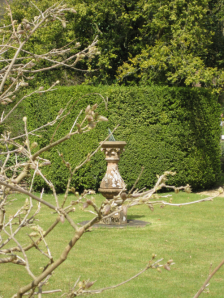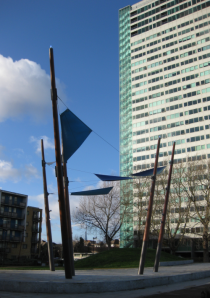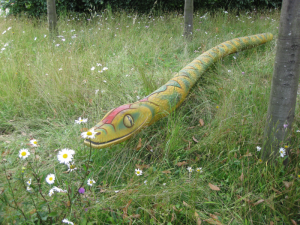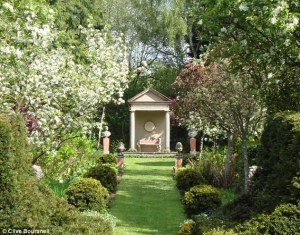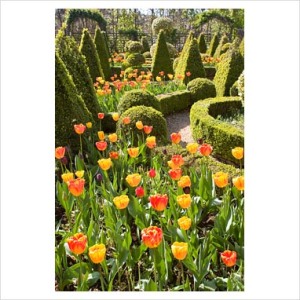On 31st March the mayor of London will decide the fate of Sayes Court and Deptford Dockyard, at a public hearing at City Hall (at 16.00, in the Chamber). Anyone can attend, but they’ll only allow you to speak if you wrote to express your views on the application to Lewisham Council or the Mayor before 30 October 2013. This is what they call public “representation”!
To be honest, I fear Boris Johnson’s already reached an understanding with the developers. If you look at his track-record, he’s granted planning permission in every single instance where he’s taken the decision into his own hands and away from local authorities. Of course, there will be plenty of fine words about respecting the site’s heritage, but with the absolute minimum of actual alteration to the abominable masterplan. No expansion of the area assigned to Sayes Court Garden, no realignment so that the footprint is more faithful to Evelyn’s original layout. And rather than a restoration, which would be a real acknowledgment of the garden’s historical importance, we are instead facing, at best, the uninspiring prospect of some generic sliver of contemporary “green space”, connecting the proposed centre for horticultural training (a building that will cover the exposed footings of the manor house) with the existing Sayes Court Park.
Now, I don’t want to under-rate the amenity value of any park, but this one, frankly, is a low-maintenance shadow of its former self in the mid twentieth century and back to its creation in the nineteenth, when it was much more intensively managed, planted, and full of features such as paddling pool, bandstand, colorful floral borders, etc. Nowadays its only really distinctive feature is the ancient mulberry. (Of which, as it happens, I have some interesting news, in a forthcoming post.) So, assuming the horticultural training centre comes about and succeeds in attracting trainees, wouldn’t it make more sense for it to be part of a restored world-class historic garden, rather than merely a run-of-the-mill municipal park attached to a token strip of modern landscaping?
Even if you can’t speak at the representation hearing on 31st March, there’s still a few days left to at least make your views known in writing to the mayor. If you would like to see an actual restoration (rather than a “reinterpretation” or some such vapidity) of John Evelyn’s seventeenth century masterpiece, Sayes Court Garden, please email graham.clements@london.gov.uk before 20 March 2014. Quote the application reference DC/13/83358 and include your name and address.
…………………………………………………………………………………………………………..
Finally, here is my vision of things to come if the developers get their way. In response to Cicely Fox Smith’s poem “Ghosts in Deptford”, I posted this a few weeks ago on Old Deptford History
Future Ghosts in Deptford: a warning
If ghosts should walk in Deptford they’d find it very hard
In all the yuppie towers that cover the King’s Yard
To even find their bearings, to drop their anchors well,
Or feel they’re not forgotten in some foreign concrete hell.
And sighing in their sadness, they’d gather to lament
The gated, cold “communities” that smother in cement
The green and lovely acres of John Evelyn’s Sayes Court,
The buried docks and slipways of Deptford’s once-great port.
The riverside apartment blocks stare vacant at the shore
Accumulating value with their backs turned to the poor,
Whose ancestors would shuffle, stretching out their hands
For token recognition in an unfamiliar land.
And all the skilful shipwrights and all the weathered crew
Would stand on the street corners not knowing what to do
But turn up their coat collars and huddle in the wind
If ghosts should walk in Deptford, whose history was binned.
(To be sung, to the shanty or other tune of your choice)

